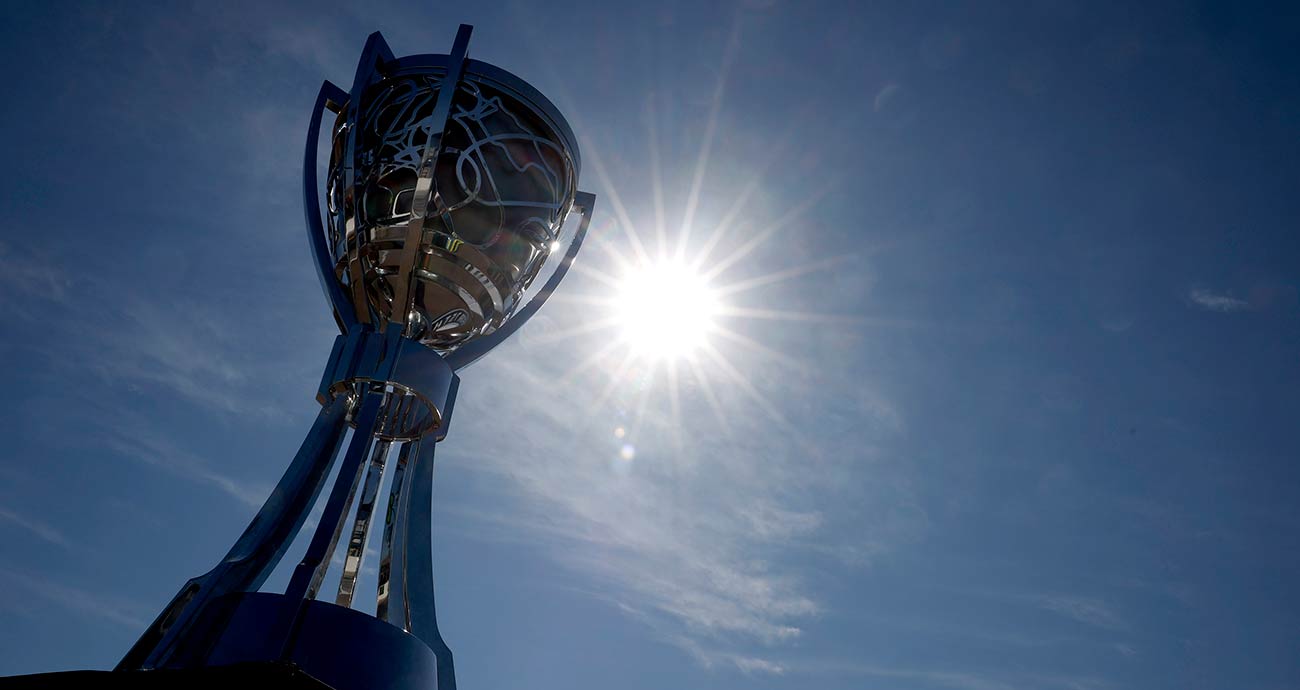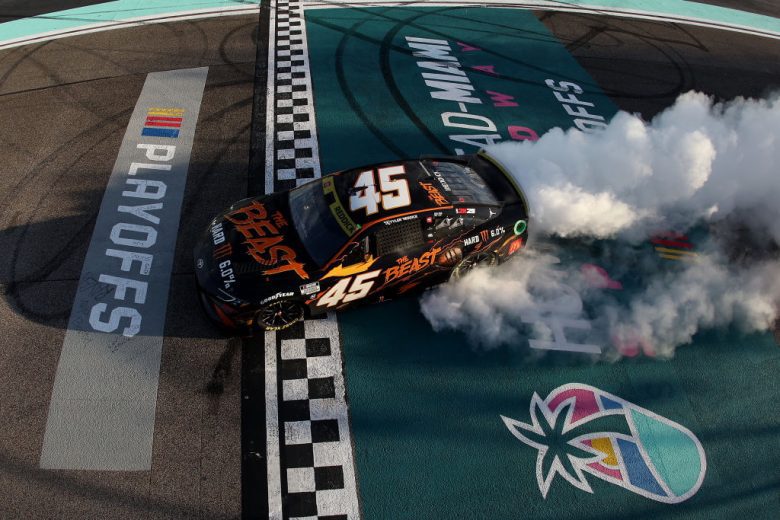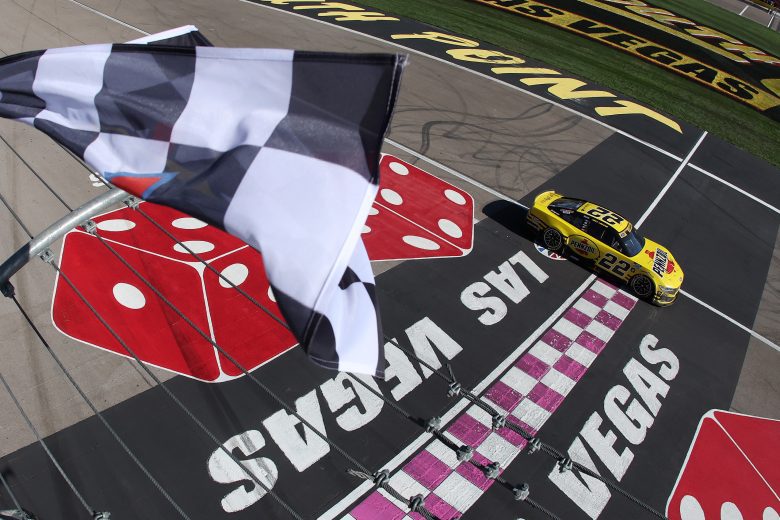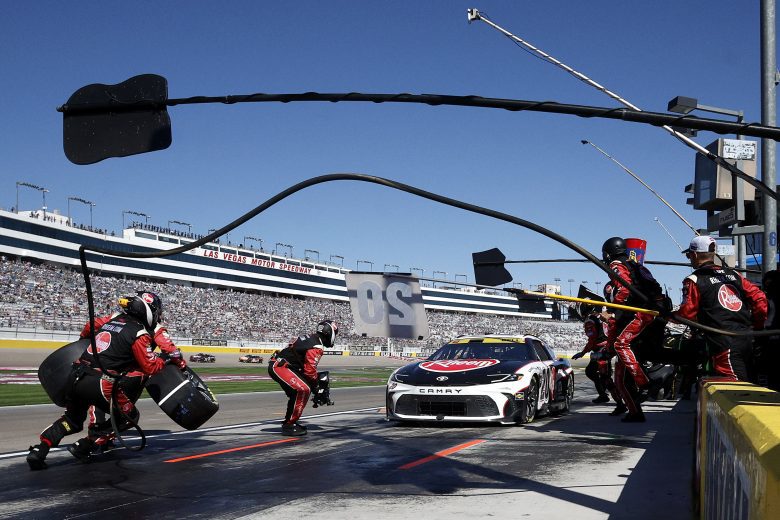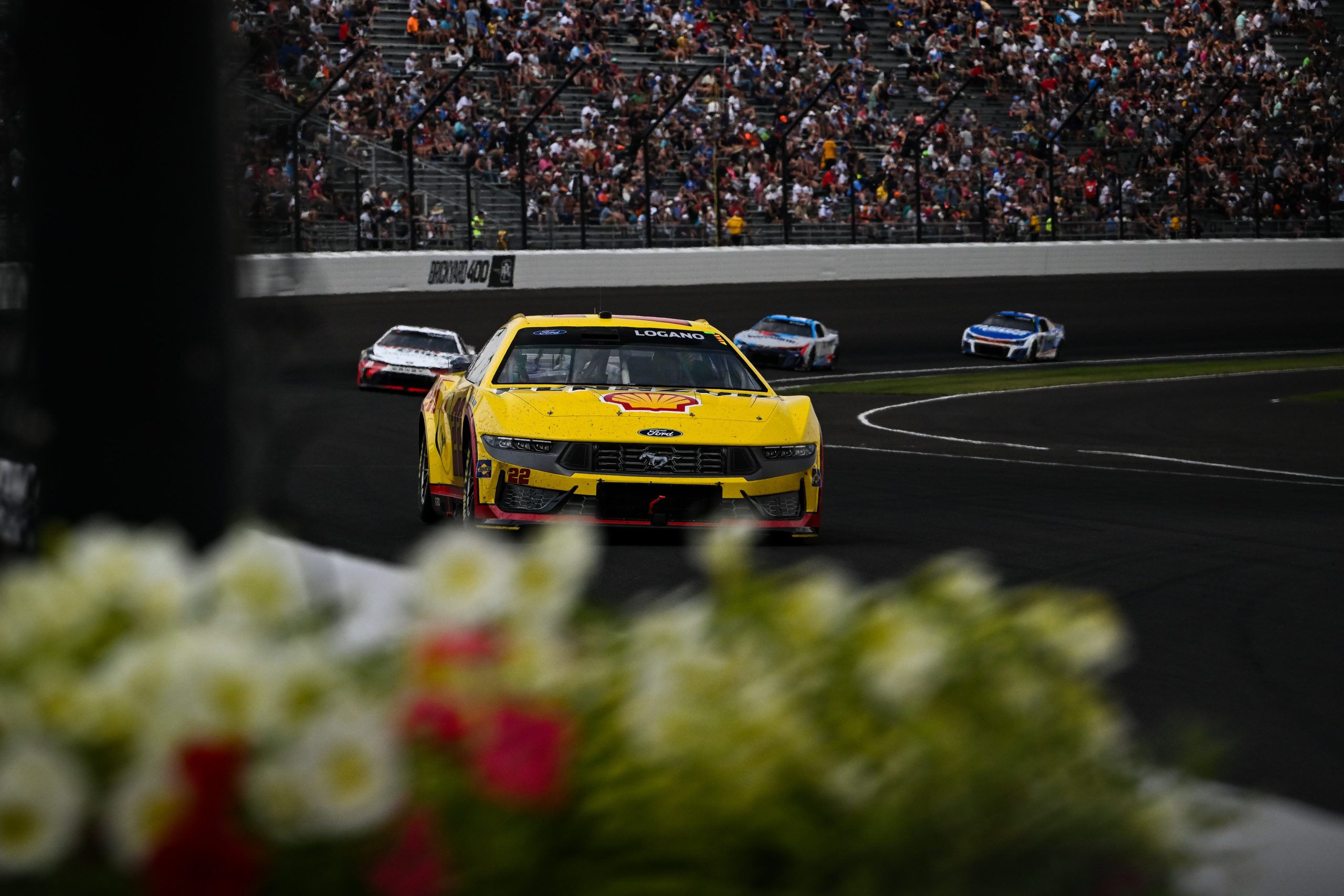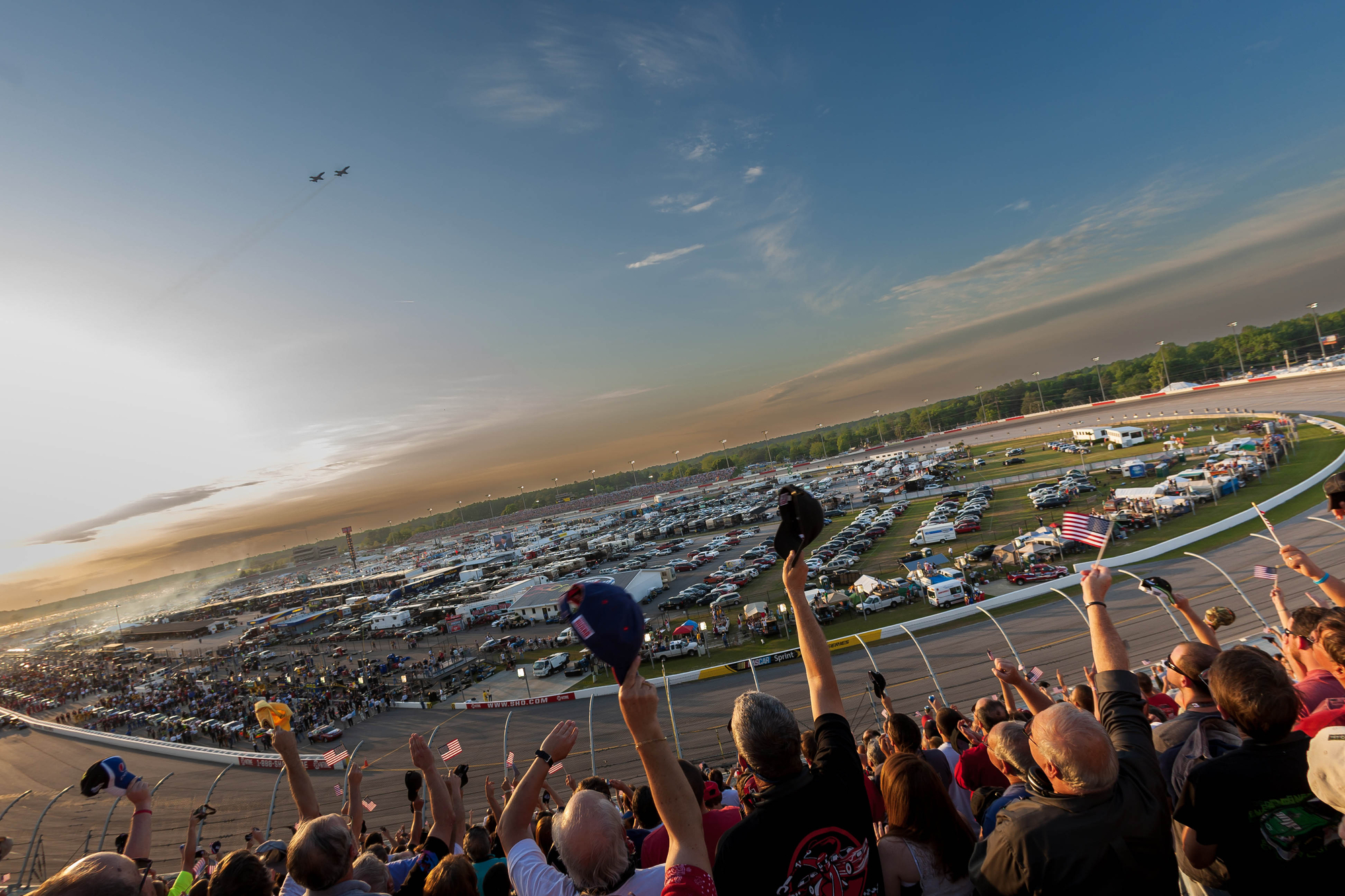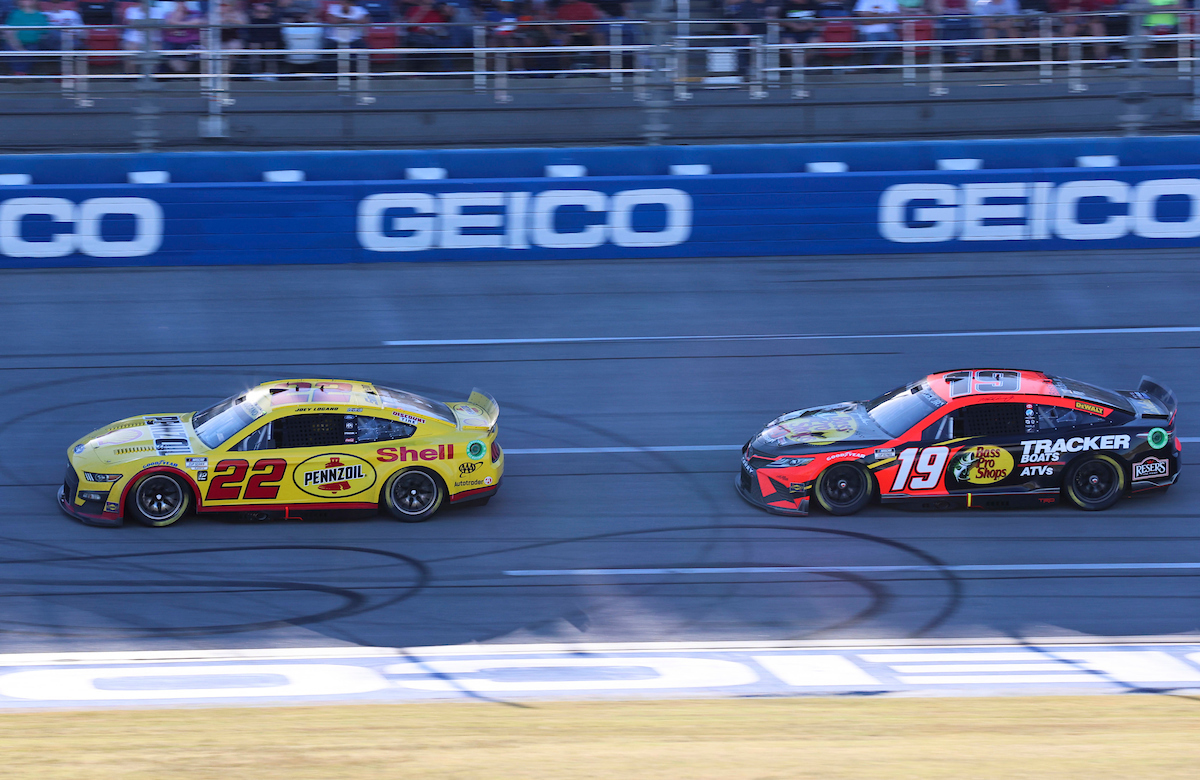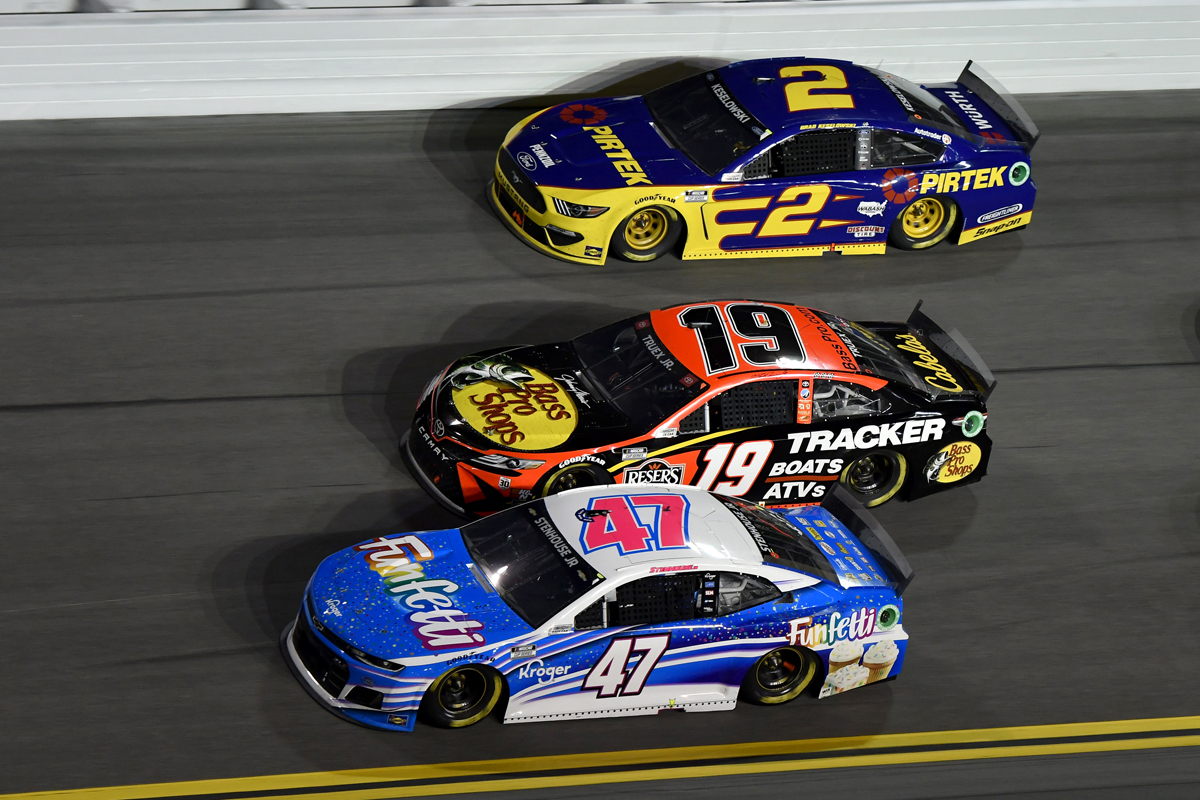What tracks will NASCAR race in the rain?
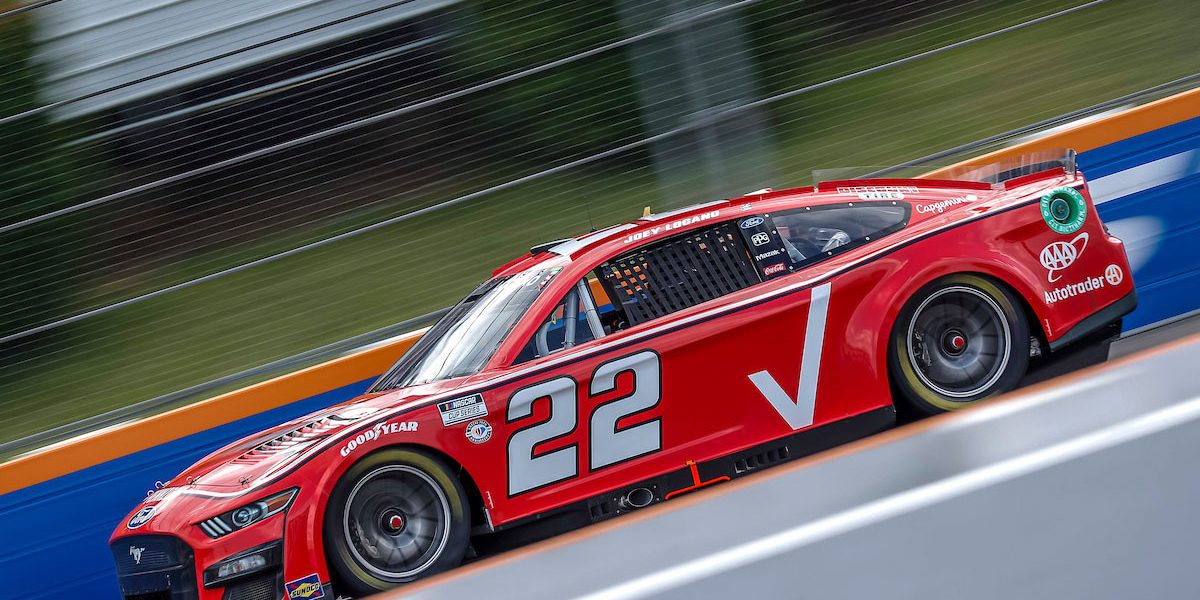
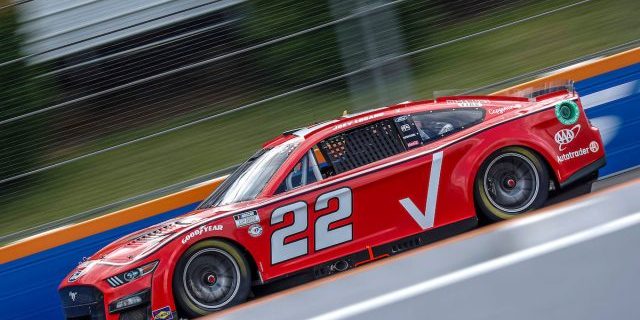
You’re a NASCAR fan, and you’ve always wondered: what tracks will NASCAR race in the rain?
NASCAR races in the rain on road courses and street circuits but avoids doing so on oval tracks due to safety concerns.
Table of Contents
In This Article
We’ll delve deep into the topic, exploring the reasoning behind NASCAR’s rain race policies, the tracks where you can expect wet weather action, and how these races unfold. This guide will also answer your burning questions about safety precautions, rain tires, and the thrill that comes with racing in the rain.
A Detailed Explanation of NASCAR’s Wet Weather Racing Policies
Why NASCAR Generally Avoids Racing in the Rain
The idea of cars zooming around a track at incredible speeds is exhilarating, but adding rain to the equation raises safety concerns. NASCAR generally avoids racing in the rain on oval tracks because these tracks are banked and the water can pool, increasing the risk of hydroplaning. In these situations, the tires lose contact with the road, making it difficult for drivers to control their vehicles.
The Exception: Road Courses and Street Circuits
However, road courses and street circuits are an exception. These tracks are less banked and often have natural drainage, allowing for more predictable driving conditions in the wet. NASCAR uses specialized rain tires that have grooves to channel water away, improving grip. Racing in these conditions adds another layer of skill and excitement, as drivers must adapt their strategies to deal with the slick, slippery surface.
Safety Precautions in Wet Conditions
Regardless of the type of track, NASCAR implements several safety measures when racing in the rain. These include using a rain light, which is a bright, flashing red light at the back of each car to enhance visibility. Drivers also rely on windshield wipers and defogging systems to maintain a clear view. Sometimes, NASCAR may employ a “wet start” where the race begins under caution until conditions are deemed safe.
The Thrill of Racing in the Rain
For many fans and drivers alike, the unpredictability of racing in the rain is part of the appeal. It levels the playing field and can bring unexpected outcomes. Tactical choices, like when to switch from rain tires to slicks as the track dries, can make or break a race, adding another layer of suspense to the already high-stakes competition.
Here’s everything else you’ll need to know about the nuances and the excitement that come with NASCAR’s rain races.
Related Questions You Might Have Next
What Happens When a Scheduled Oval Race Faces Rain?
When an oval track race faces inclement weather, NASCAR usually opts for delays or postponements rather than allowing the race to proceed in the rain. Sometimes, if the rain is light and short-lived, track-drying machines like the Air Titan can be employed to get the surface race-ready as quickly as possible. Otherwise, the race could be rescheduled for another day.
How Do Drivers Adapt Their Strategies for Wet Weather?
In wet conditions on road courses and street circuits, drivers often have to make quick, strategic decisions to adapt to the changing environment. For instance, using ‘rain lines’—alternative racing lines that offer more grip in wet conditions—is a common strategy. Braking zones also get extended, requiring drivers to brake earlier than they would on a dry track. One wrong move can result in a spin or collision, so adaptability and quick thinking are key.
What Are Rain Tires and How Do They Work?
Rain tires are a specialized type of tire designed to provide extra grip on wet surfaces. Unlike the ‘slick’ tires used in dry conditions, rain tires have grooves that help channel water away from the tire, reducing the risk of hydroplaning. These tires are softer and have a different rubber compound to maximize grip. The decision on when to switch to or from rain tires can be a crucial tactical choice during a race.
Technical Aspects to Know About
How Do NASCAR Teams Prepare for Wet Weather?
NASCAR teams go through extensive preparations when a rain-affected race is expected. Apart from fitting cars with rain tires and adjusting the suspension setup for better grip, teams also make sure that all electronic components are well-protected against water. They may also make changes to the car’s aerodynamics to better suit the wet conditions.
What Rules and Regulations Apply?
NASCAR has specific rules for rain-affected races. For example, a race is considered official if more than half of the scheduled laps have been completed, even if rain causes an early end to the event. This is known as the ‘halfway rule.’ Other regulations may include mandatory caution periods to assess track conditions.
The Fan Experience During Wet Races
For spectators, a wet race can be a mixed experience. While the action on the track is often more exciting and unpredictable, rain can make for uncomfortable viewing conditions. Many tracks offer covered grandstands, and it’s always a good idea to come prepared with waterproofs and other rain gear.
What tracks will NASCAR race in the rain? – Final Thoughts
You’ve now journeyed through the complexities and excitement that come with NASCAR races in the rain. From the types of tracks that permit wet weather racing to the extensive preparations and strategies deployed by teams and drivers, the experience is far from monotonous. While some may dread the rain, remember that it often provides the stage for some of the most thrilling and unpredictable races in the sport’s history.
So the next time dark clouds loom over a NASCAR event, don’t despair. It might just turn out to be an electrifying race that will be talked about for years to come.
What tracks will NASCAR race in the rain? – Frequently Asked Questions
Why don’t oval tracks have drainage systems like road courses?
Oval tracks often have banking and are designed for high-speed racing in dry conditions. Installing drainage systems that can effectively handle heavy rainfall is challenging and can compromise the track’s integrity for standard races.
What happens to the fan events during a rain delay?
Typically, outdoor fan events may be canceled or postponed, while indoor activities usually continue as scheduled.
Are rain races more accident-prone?
Wet conditions can make the track slippery and reduce visibility, increasing the likelihood of accidents. However, drivers are generally more cautious, and speeds are often reduced.
How do drivers practice for wet races?
Some teams use simulators to practice driving in wet conditions, although nothing can fully replicate the experience of actual wet weather racing.
Do other motorsports allow racing in the rain?
Yes, other motorsports like Formula 1 also allow racing in the rain, but the regulations and tire options may differ.
By understanding these intricacies, you’ll not only enrich your viewing experience but also grow your appreciation for the sport you love. Happy racing!

